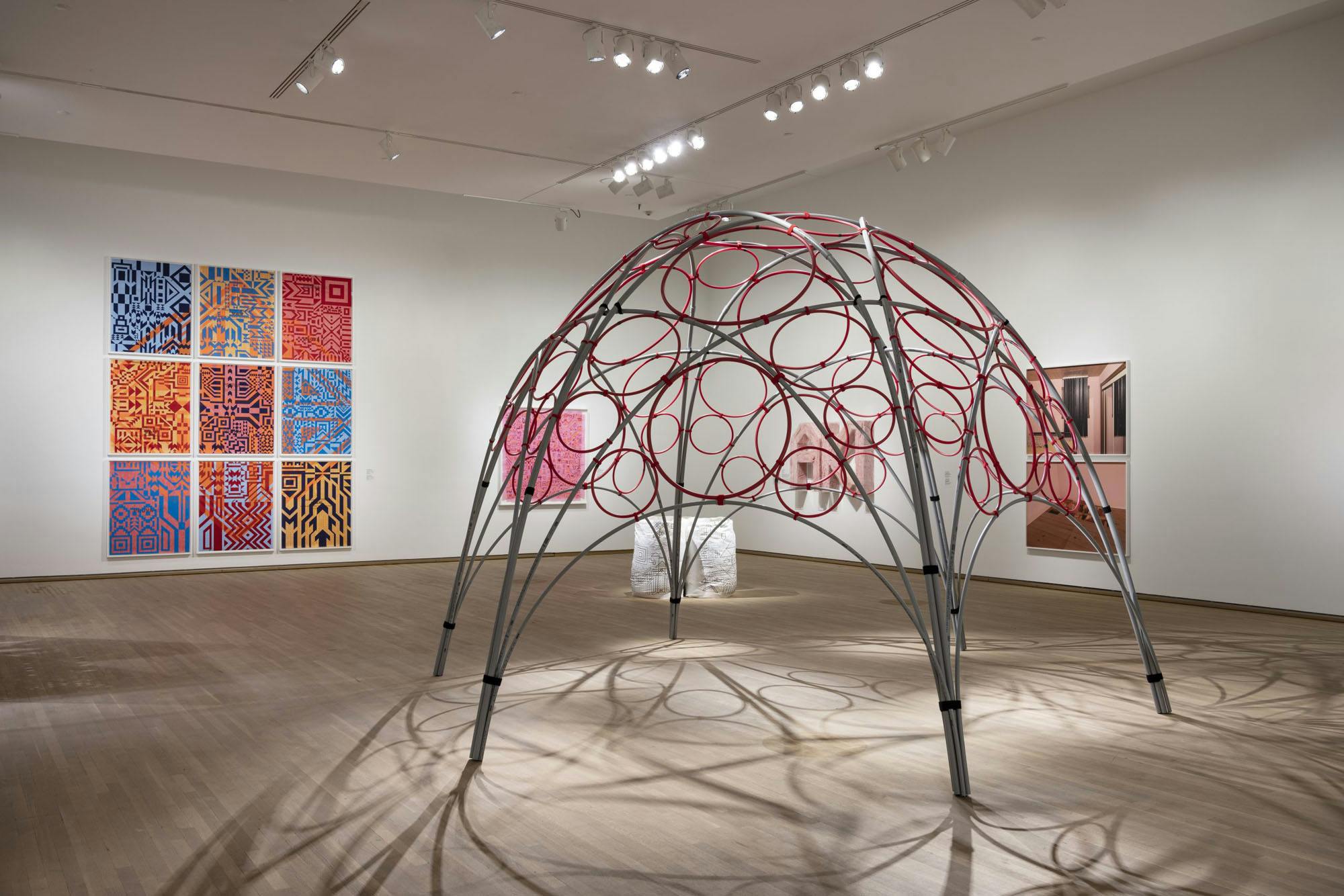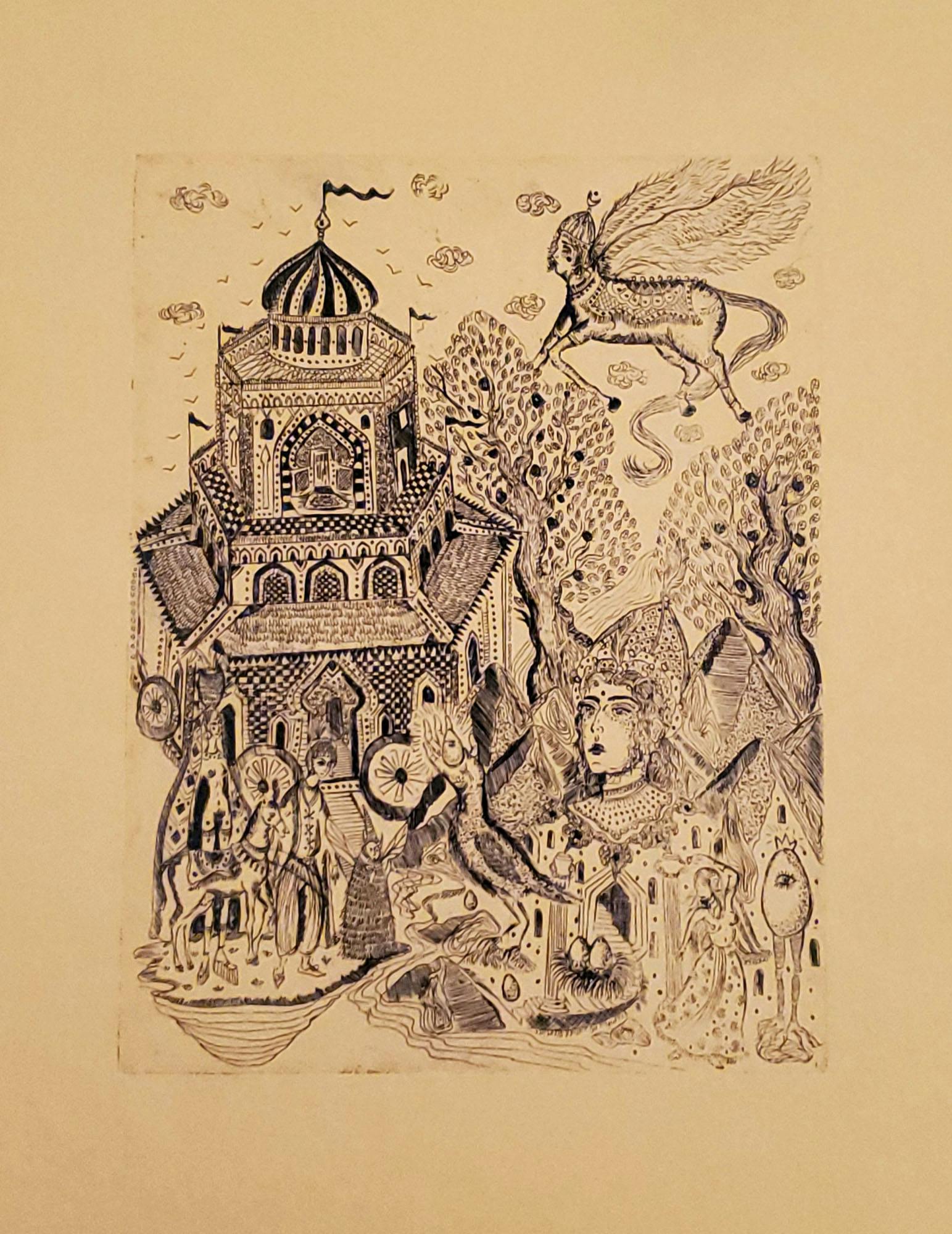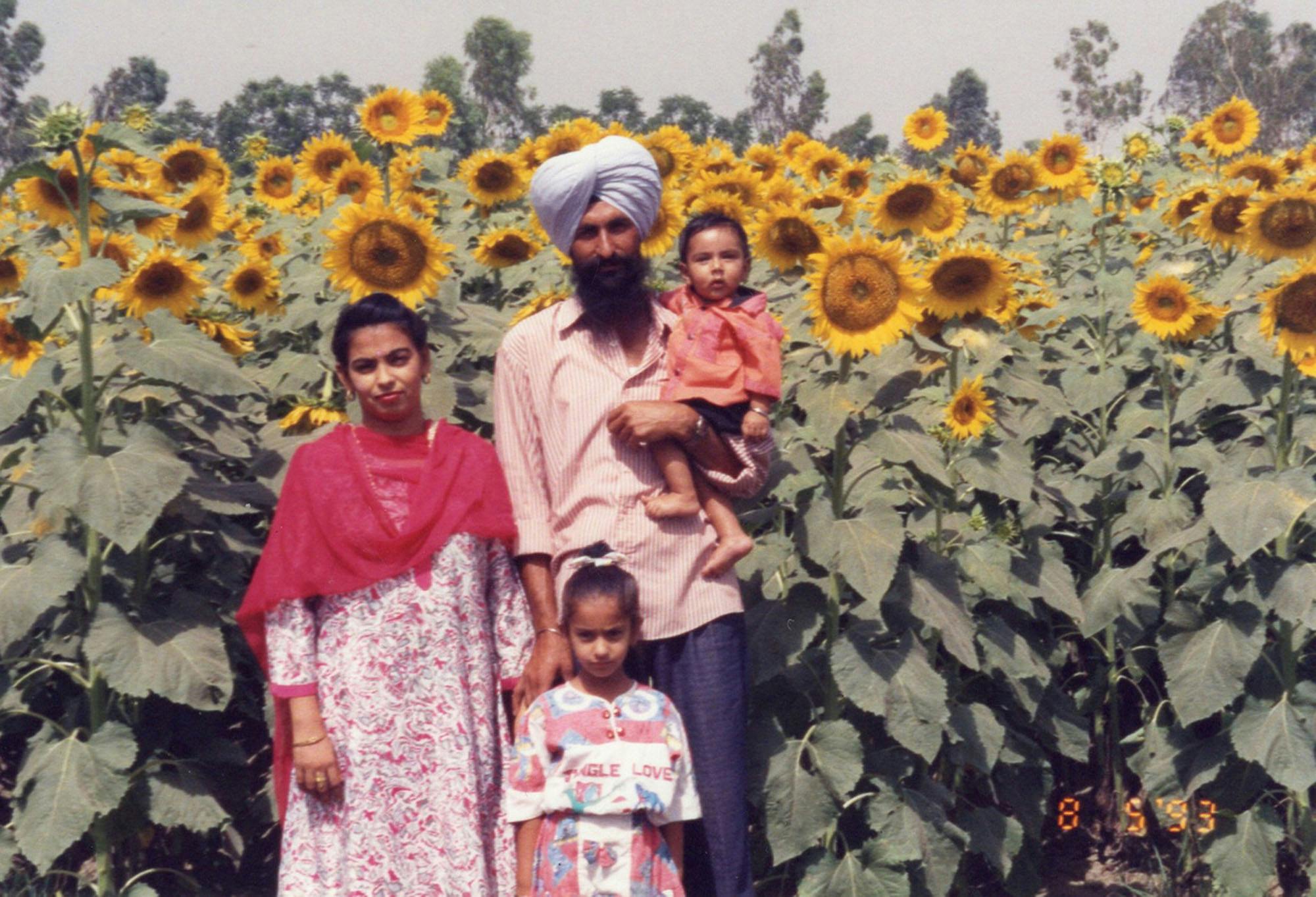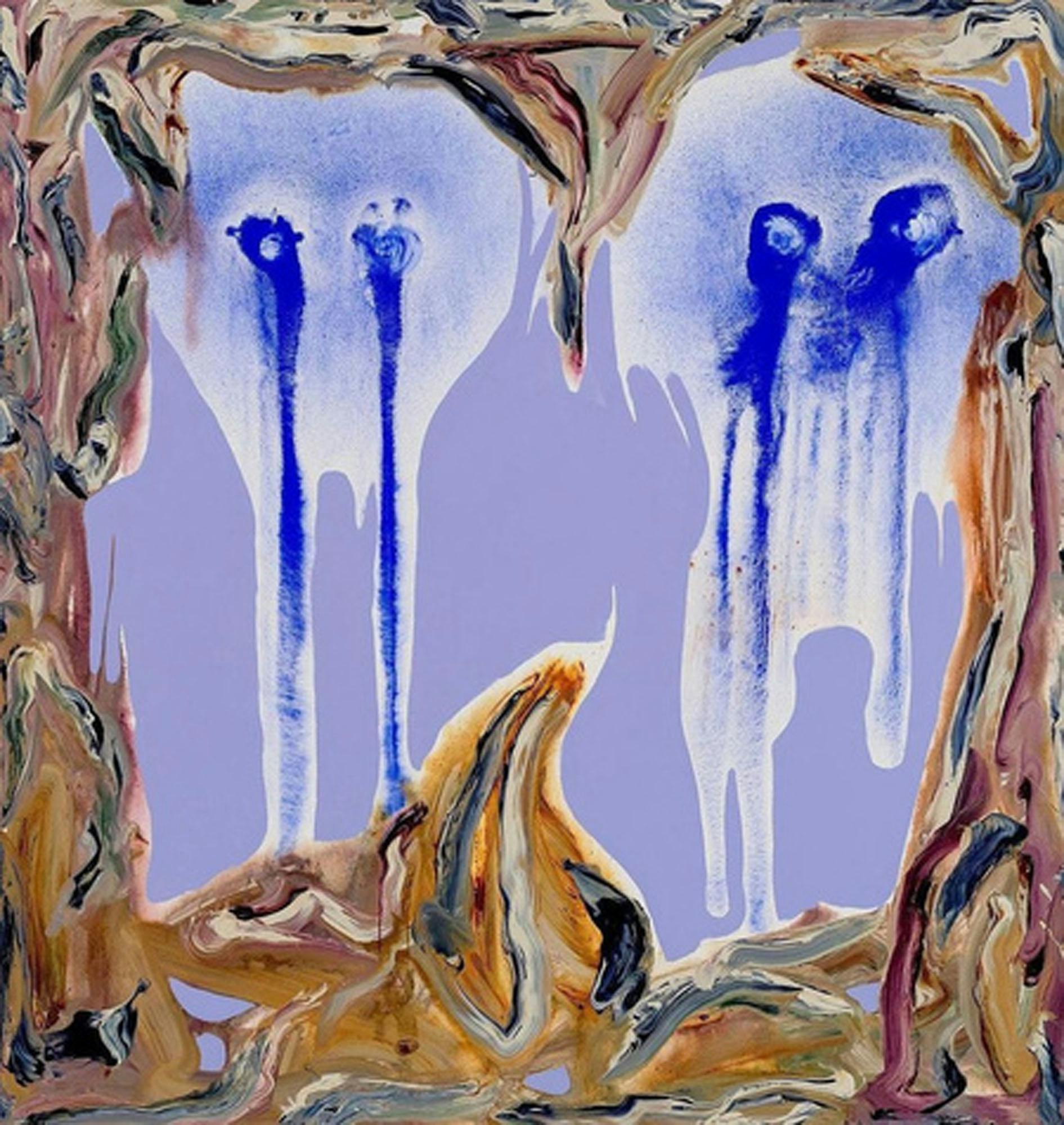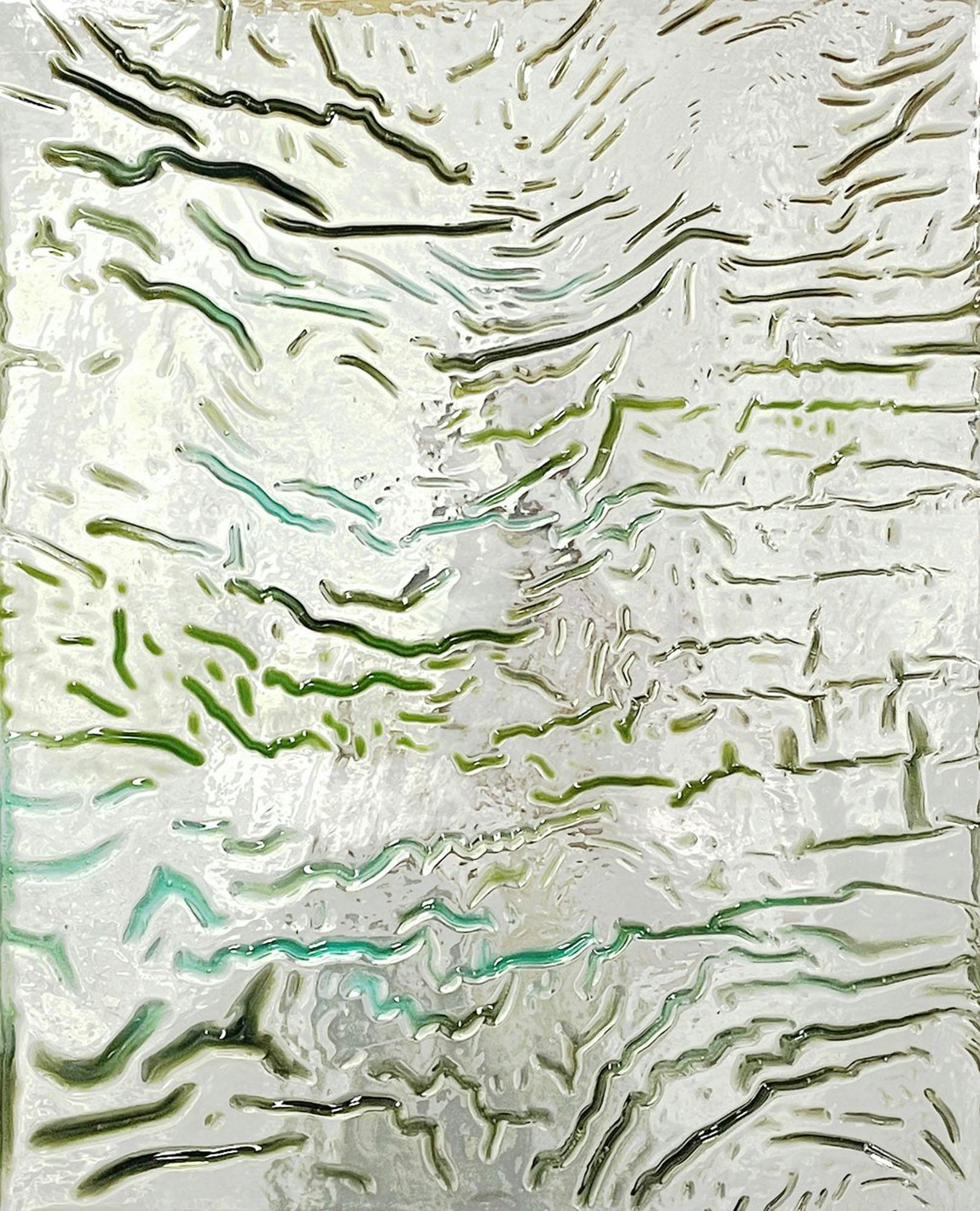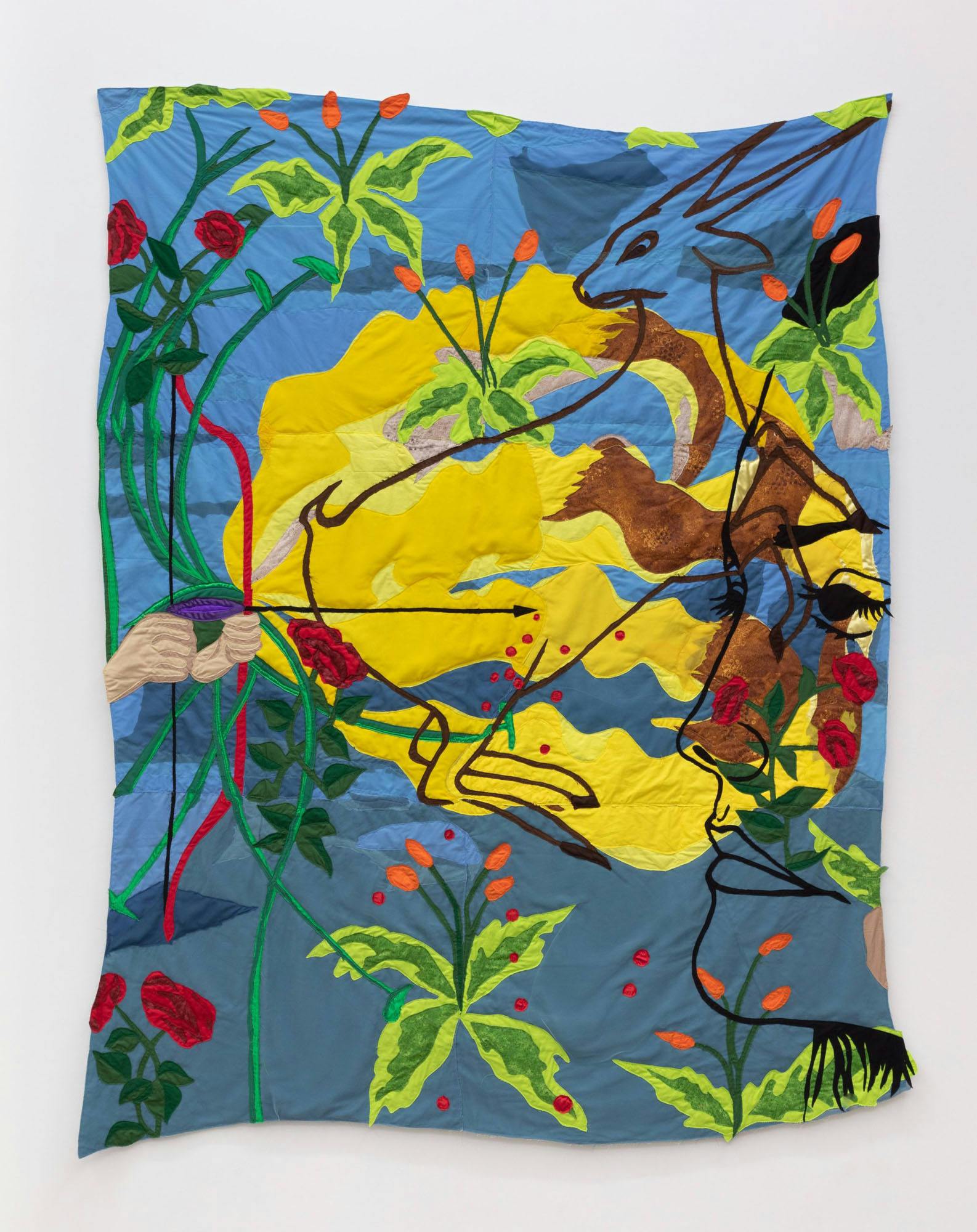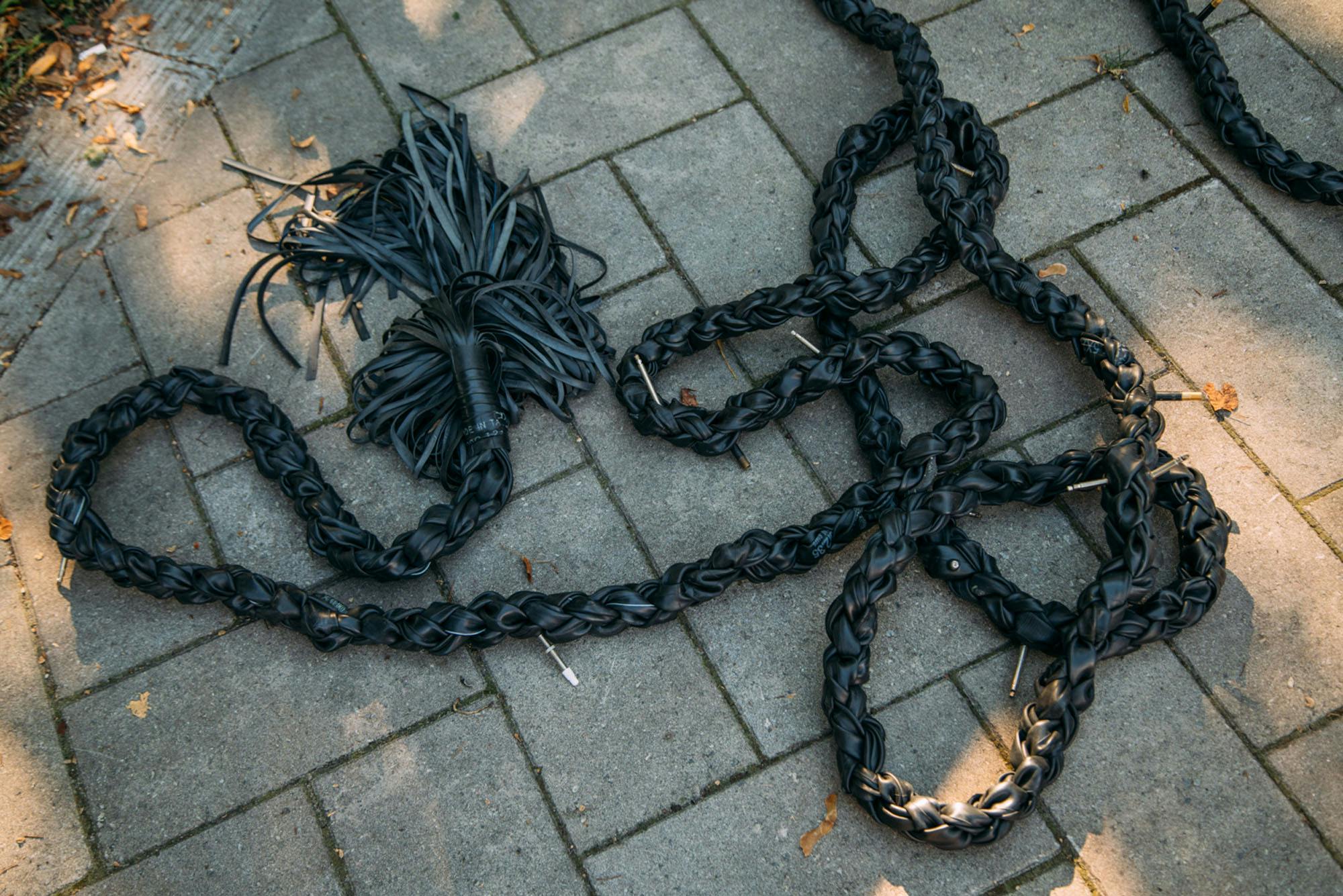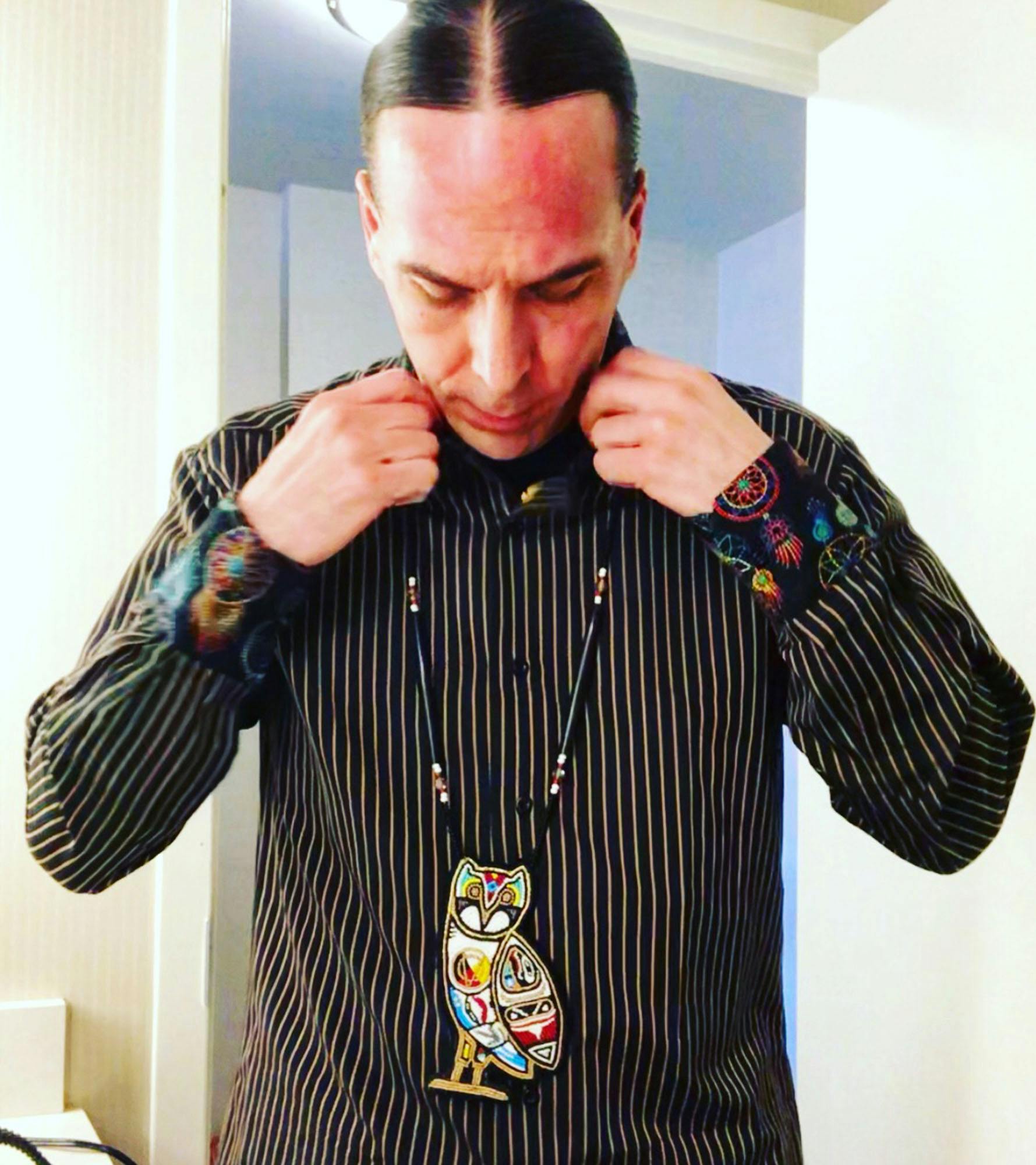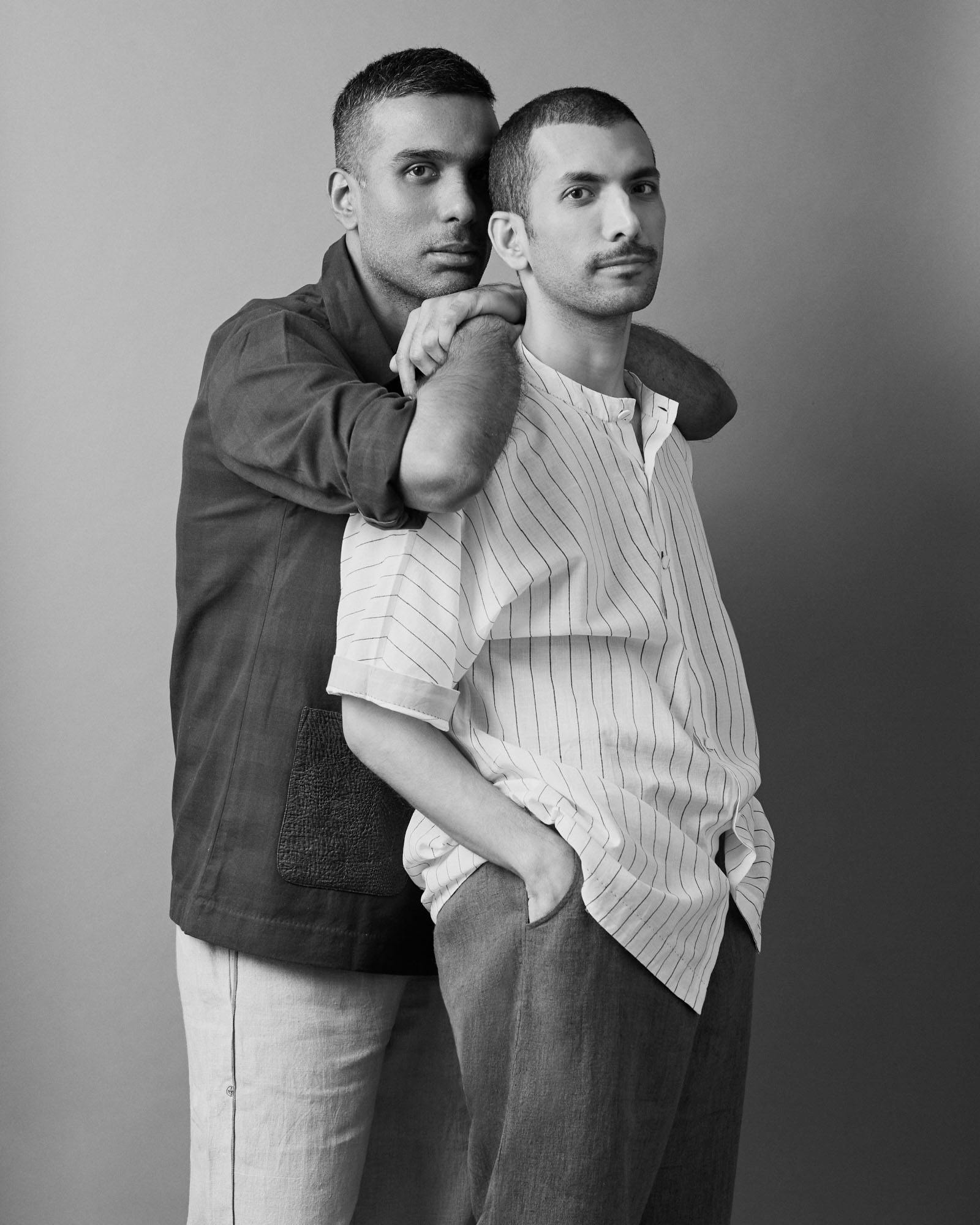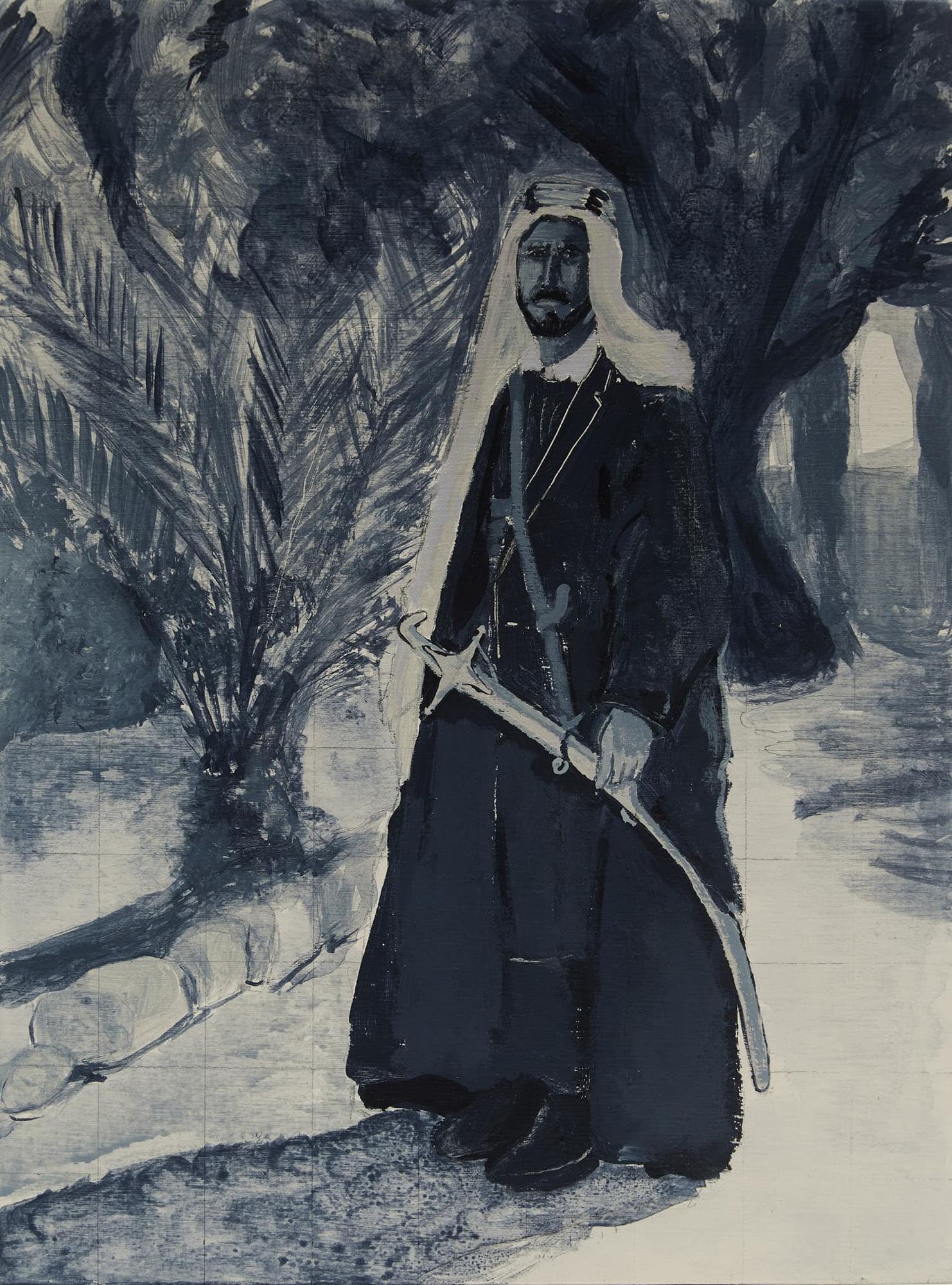Bloody Boats
On the endless journeys through cultural and political borders in human history.
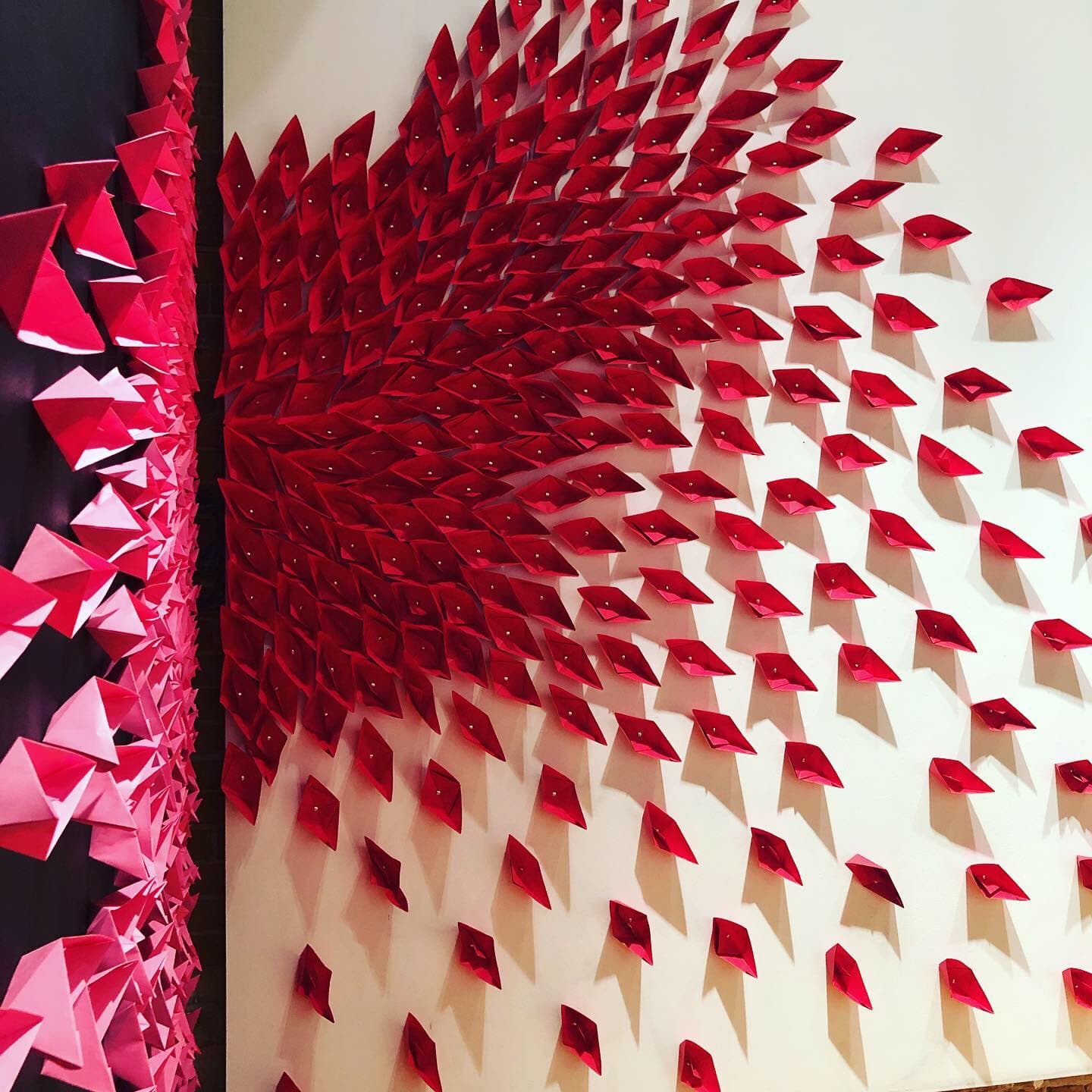
Editor’s note
Bloody Boats is a part of the ArtworxTO Hub West exhibition entitled HOME(LAND) taking place at the Cloverdale Mall until December 31st, 2021.
‘Bloody Boats 2.0’ is an art installation about deconstructing and dismantling the symbol of the traumatic journey that immigrants experience. The journey of a settler is not only a physical transition, but also a cognitive and social transition that revolves around multiple socio-political narratives. This installation provides a strong statement on the sensitive facts of the civil war and the migrant crisis, bringing into question social and human legibility. Complexities in the process of losing an existing life, home and family to settle in a new place and coming to an agreement with oneself to call the place their home gradually is the product of a great deal of emotional strain. The multiples of the symbolic shape of a boat on a large scale resonate with the journey of an immigrant who moves for a better life, safe space or a refugee whose displacement is the result of natural calamity or invasion. For me, this installation represents a personal experience as an immigrant and seeks to echo several voices like mine through similar unsettling journeys which resonate with a large global population of migrants and refugees, both locally and globally.
The subject is inspired by the narratives that surround me from all around the globe. Humans are struggling to strike a balance between virtual life and reality, full of economic distress and devastation, resulting in conscious migration decisions.
I’m originally from India where the social and cultural fabric is complex in terms of caste, colour and politics, however being a woman of colour in Toronto, I find myself in a comparable position.
My work highlights the voice of those who are oppressed on the basis of their religion, colour, caste, and increasing economic control over these people, leaving them alienated and victims of very systemic violence that is occurring today.
Since the outset of my artistic practise, the questioning of the framework has been at the forefront. My art installation takes on social commentary, challenging perceptions of questioning the “Why” of the structure in place. I assume that one’s identity would disintegrate. Stereotypes and myths are questioned in my work;
I establish a conversation between concepts of inclusion, dignity, consumption and subjectivity by discussing internationally generic problems in the form of symbolism and the multiplicity of all images that challenge viewers with the concept of challenging culture and the environment.
The fragility of the paper is explicitly compared to how fragile life is now, through its clear sense of assembling repetitive forms like boats that speak volumes of endless journeys through cultural and political borders in human history. Displacement, for me, is not only geographical, but also emotional, mental, and ephemeral, such as temporary travel to a virtual reality space. The interactive aspect of this work has broadened the awareness of recent explorations during the pandemic, while adjusting to digital technologies to create similar interactions across virtual reality platforms. My research continues to explore the fantasy notions of travel in the future and co-existing in both the physical and the virtual world at the same time.
